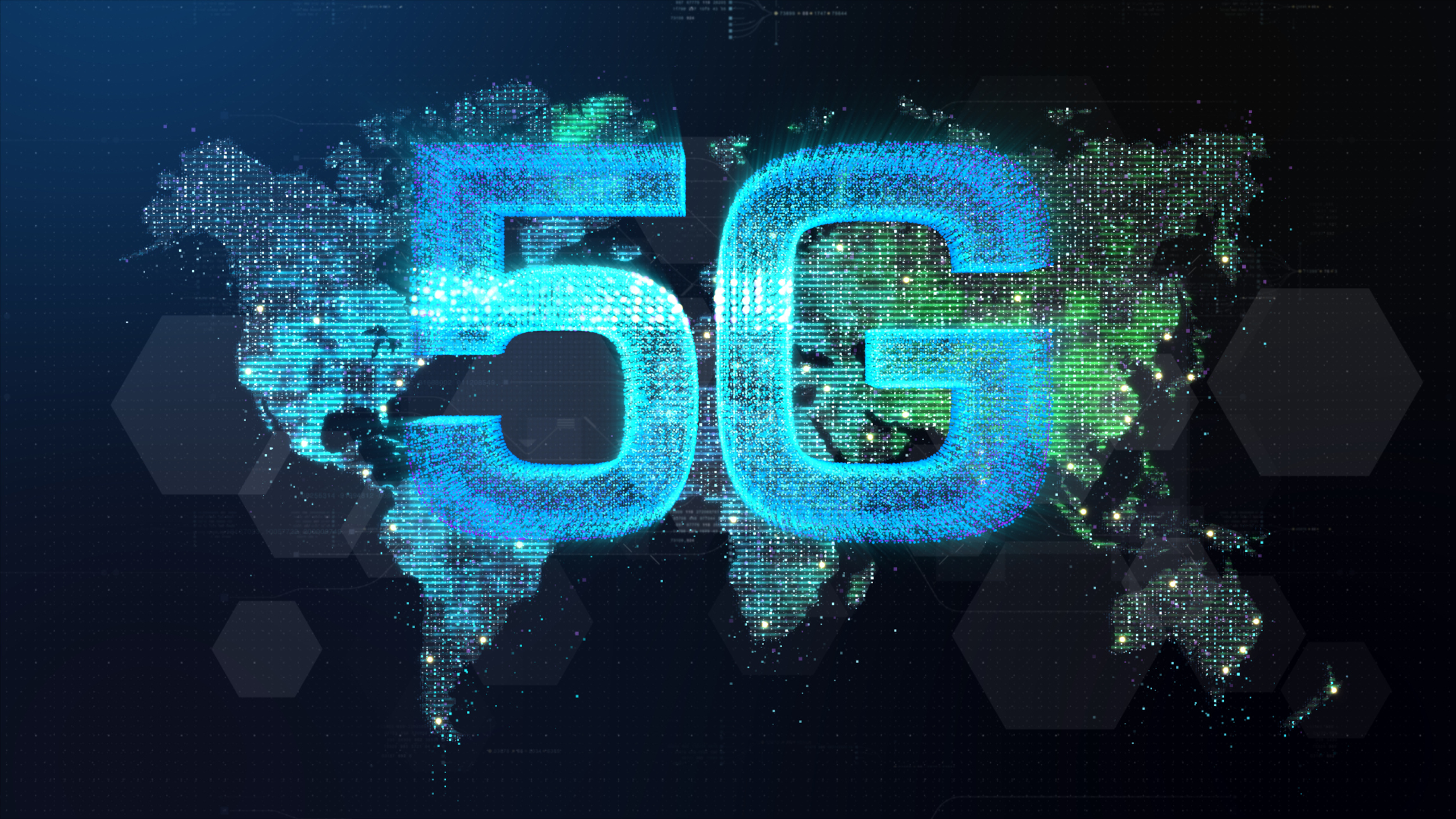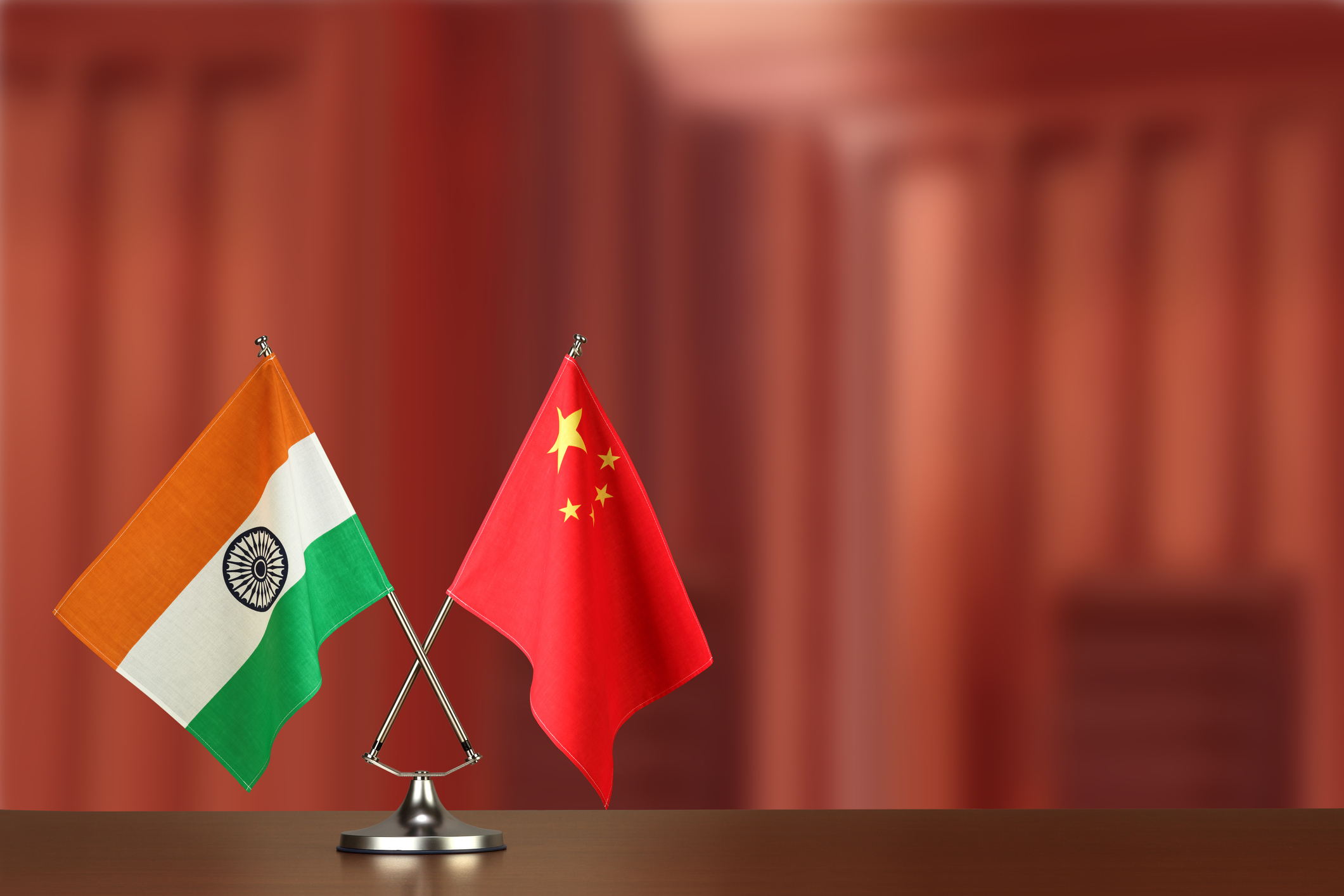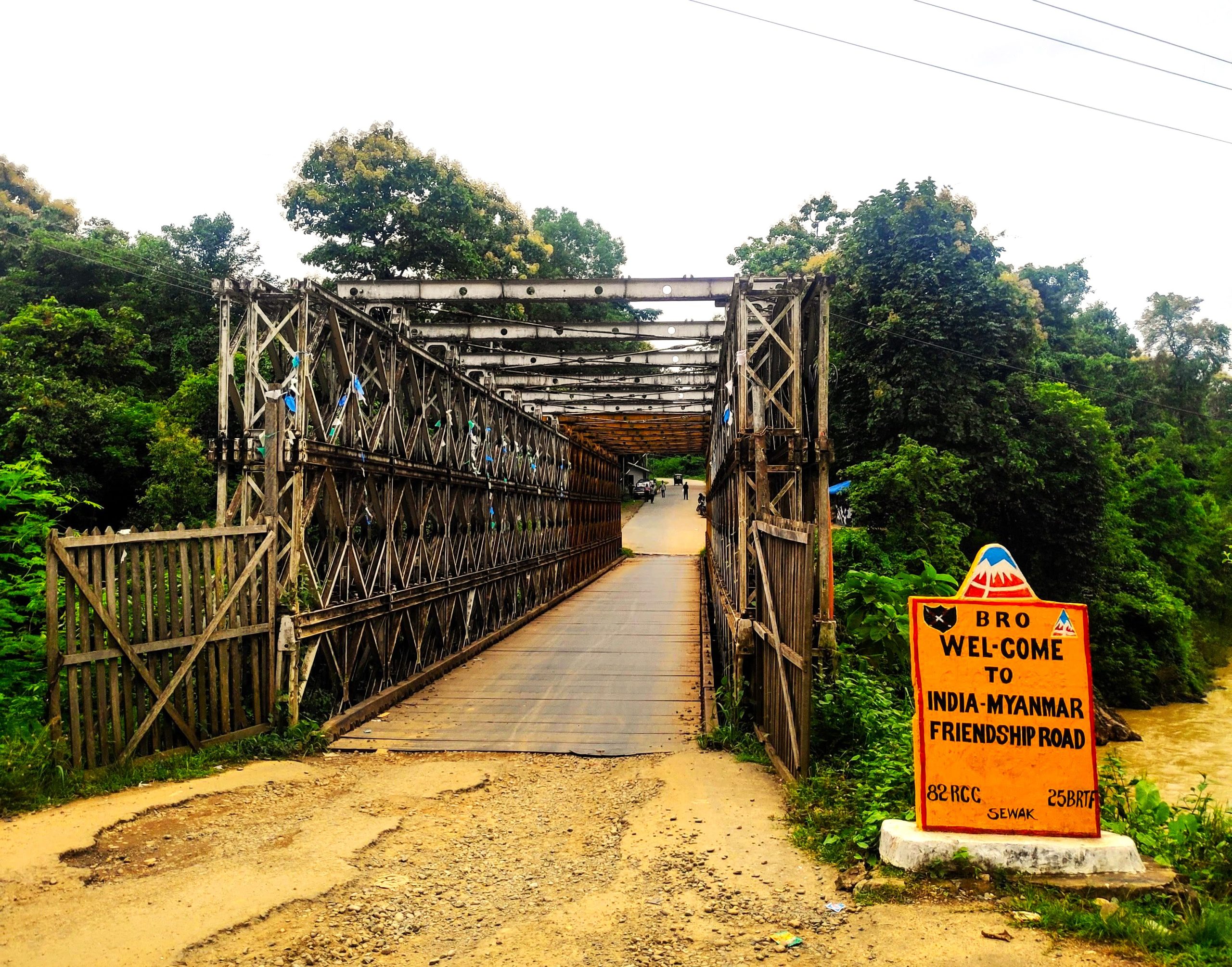
5G POISED TO USHER IN A PARADIGM SHIFT IN MILITARY COMMUNICATIONS

As the world braces for the fifth generation (5G) wireless technology revolution, the implications for national security, especially for countries like India, are profound and multifaceted. The 5G network, known for its high speed, ultra-low latency, and huge bandwidth, is poised to revolutionise the battlespace, bringing significant advancements in communication, intelligence gathering, combat operations and logistic support. Following are some of the key military applications of 5G:
Enhanced Command and Control.
Real-time battlefield awareness facilitated by the 5G enables real-time sharing of data between forward troops, the fire delivery means, aerial assets such as combat helicopters, Remotely Piloted Aircraft (RPA), drones and headquarters, providing a comprehensive and real time picture of the battlefield not limited by issues of bandwidth and data latency. This allows for faster decision-making and more coordinated operations.
Improved Situational Awareness at Tactical Level.
Soldiers of subunits will be in future equipped with 5G-enabled wearable devices that provide real-time information on their surroundings, such as enemy positions, friendly troop locations, and terrain and environmental hazards and location of immediate fire support means.
Advanced Intelligence, Surveillance, and Reconnaissance (ISR). Off late Indian Army has acquired a plethora of advanced High-resolution sensors whose effective utilisation is hampered by lack of adequate bandwidth for data transmission. 5G can support the deployment of high-resolution sensors, such as Electro- optical devices, surveillance and weapon locating radars and RPAs that can gather vast amounts of data on the battlefield. This data can only be useful if transmitted, processed and analysed in near real-time, providing valuable decision making inputs to the commanders. 5G facilitates deployment of advanced sensors and AI-powered systems capable of detecting and analysing potential threats in real-time, such as cyberattacks, drone intrusions, and release of chemical weapons.
Control of RPAs and Autonomous Weapon Systems (AWS).
5G’s low latency and high reliability enables real-time control of RPAs in congested airspace with other users and other AWS. It is especially suited for controlled phase flight of hypersonic weapons with greater precision and responsiveness. 5G facilitates the low latency coordination and communication between the controller and the Drone Swarms, enabling them to operate together as a team for tasks like reconnaissance, surveillance and attack.
Optimisation of Supply Chains and Real Time Inventory Harmonisation.
5G can be used to track and manage logistics and equipment in real-time, ensuring efficient delivery to forward troops and real time inventory harmonisation and control at various logistical echelons.
Forward Medical Care and Casualty Evacuation.
5G architecture would enable real-time monitoring of casualties through effective monitoring of vital signs through battlefield telemedicine applications, effective triage and faster evacuation improving saving valuable lives through battlefield healthcare.
The Double-Edged Sword: Enhanced Connectivity vs. Increased Vulnerability
However, 5G also brings forth a slew of vulnerabilities and challenges, particularly for a nation strategically positioned like India, surrounded by a complex geopolitical landscape. The transition to 5G necessitates a paradigm shift in cybersecurity strategies. Traditional defence mechanisms, designed for less complex networks, might prove inadequate against sophisticated cyber-attacks tailored for 5G infrastructure. The Defence Forces must develop new cybersecurity protocols and strengthen their cyber intelligence and incident response capabilities. This shift is about upgrading technology and adapting to a new kind of digital warfare where cyber-attacks can have devastating real-world consequences.
5G’s primary allure in military applications lies in its ability to support advanced, real-time communication and surveillance systems. However, this enhanced connectivity also opens the floodgates to new forms of cyber warfare. Unlike its predecessors, 5G’s reliance on a dense network of small cell stations and the integration of software-defined networking increases the attack surface exponentially. The Indian Defence Forces must reckon with these vulnerabilities, as adversaries could exploit them to disrupt communication, mislead operations, or disable military infrastructure. The vulnerabilities of a military network based on 5G can stem from various sources, and addressing them is crucial to ensure the security and reliability of such networks:
(a) Cybersecurity Threats: Military networks are prime targets for cyber-attacks, and 5G networks introduce new security challenges. Potential vulnerabilities include exploiting software and hardware weaknesses, targeting the increased number of connected devices, and the complexity of network architecture.
(b) Supply Chain Risks: The reliance on components and equipment from various suppliers raises concerns about potential compromises during the manufacturing and distribution process, which can be exploited to gain unauthorised access to the network.
(c) Signal Interference and Jamming: 5G networks, particularly those using mm Wave technologies, are susceptible to signal interference and jamming, which can disrupt communications and compromise operational capabilities.
(d) Insider Threats: Internal personnel with access to military network infrastructure pose a risk if they engage in unauthorised activities or intentionally compromise security.
(e) Physical Security: Deploying physical components, such as small cells and base stations, can be prone to physical tampering or sabotage, potentially compromising network integrity.
Mitigating these vulnerabilities involves implementing robust cybersecurity measures, including encryption, authentication protocols, network segmentation, and continuous monitoring. Additionally, strict supply chain management, physical security measures, and comprehensive training and oversight of personnel are essential to bolster the security of military networks based on 5G technology.
The Cybersecurity Conundrum: Safeguarding the Backbone of Military Operations
The high data rates and advanced connectivity of 5G networks pose significant espionage risks. Hostile entities could exploit these networks to intercept sensitive military communications or gather intelligence. The situation is exacerbated by the global nature of 5G supply chains, raising concerns about the potential for foreign espionage, especially from nations that are major 5G technology providers and may not align with India’s strategic interests. In the absence of adequate indigenous production capacities the supply chain maze opens a plethora of potential backdoors. The complexity of 5G supply chains poses a significant security challenge.
5G utilises a wider range of ICT components than previous generations of wireless networks. Improperly configured or poorly managed 5G equipment and networks will be prone to disruption and manipulation. The 5G supply chain is susceptible to the malicious introduction of risks such as malicious software and hardware, counterfeit components, and poor designs. 5G hardware and software, and services sourced from suspicious foreign entities could increase the vulnerabilities of network like asset compromise, affect data confidentiality, integrity, and availability.
5G builds upon the backbone of previous generations of wireless networks and this integration can throw up some legacy vulnerabilities of the earlier generation networks. During the process of scaling up some of these legacy vulnerabilities can be intentionally retained in the new equipment being supplied by untrusted suppliers, thereby affecting 5G equipment and networks despite the integration of additional security enhancements.
Despite the promulgation of standards designed to encourage interoperability, some companies, build proprietary interfaces into their technologies, limiting the customers’ choices of using equipment produced by other companies. While such tactics are generally for financial gains through monopoly their use for exploiting and malicious use of such equipment later cannot be ruled out. This if permitted unchecked could significantly increases the risk of compromise to the confidentiality, integrity, and availability of 5G data. However, with the promulgation of 5Gi – the Indian 5G standard this risk has been reduced considerably and Indian military needs to upgrade these standards to military grade specifications.
While the military may appreciate the risks posed to 5G networks, it may not understand and be capable of managing all of these by itself. The Defence Forces need to collaborate with the civilian agencies such as Cert-India as well as the highly developed private sector to manage the risks posed to 5G technologies. By collaborating with 5G network providers, infrastructure companies, and telecom companies the military can consistently apply the risk mitigation techniques across the network before the actual deployment. Through the entire architecture of the 5Gnetwork cybersecurity should be prioritised. Through meaningful risk dialogues, industry working groups, and institutions like IITs, the Indian military can explore and implement solutions to mitigate the risks.
With components sourced globally, ensuring the integrity of every piece of hardware and software becomes a Herculean task. The risk of embedded backdoors or vulnerabilities in these components cannot be ignored. India needs to adopt a three pronged strategy; indigenisation and R&D for critical components of the system, identifying reliable sources in the interregnum, developing technology for digital scrutiny of all imported components. The development of technology for digital scrutiny of all imported hardware must be undertaken on a war footing. A huge nation like India will need an extensive and robust mechanism for supply chain scrutiny till indigenous 5G technologies to reduce dependency on foreign entities fructify.
Geopolitical Tug-of-War: Alignments and Realignments in the 5G Era
India’s approach to 5G in defence cannot be isolated from the broader geopolitical dynamics. The global race for 5G supremacy, particularly between the US and China, has significant implications for India. Aligning with one bloc over the other could have strategic ramifications, influencing India’s 5G landscape and its broader defence and foreign policies.
Analysing how other nations, especially those with similar security challenges, are managing 5G risks could provide valuable insights. Countries like the US and Israel have initiated measures to secure their 5G infrastructure, focusing on both technological solutions and strategic alliances. These case studies could offer India crucial lessons in fortifying its 5G defence strategies. India and the US has- in addition to the foundational agreements like BECA- also signed the COMCASA which pertains to interoperability of communication systems. The QUAD partners all work on numerous common military platforms during their annual MALABAR Exercises. It may be worthwhile to consider developing common 5G architecture and protocols as these would facilitate cost as well as work sharing leading to early fruition of common 5G military architecture. However, the downside of a common 5G architecture and protocols with other nations would be loss of strategic autonomy.
Conclusion:
Steering Through the 5G Storm with Vigilance and Preparedness
Addressing the vulnerabilities of 5G requires a proactive and multifaceted strategy. This includes developing 5G technologies indigenously (or jointly developing these with India’s strategic partners), establishing secure communication protocols, incorporating AI and Machine Learning into the cybersecurity architecture and building a skilled workforce capable of tackling the complex challenges posed by 5G. Furthermore, leveraging 5G’s potential for enhanced military operations, such as unmanned systems and artificial intelligence-driven analytics, could provide a significant strategic advantage to the Indian Defence Forces.
As Indian military navigates the uncharted waters of 5G, the path is fraught with challenges but also lined with opportunities. The key to harnessing the full potential of 5G while safeguarding national security lies in a balanced approach that embraces innovation, fosters strategic partnerships and remains ever vigilant to the evolving threat landscape. With careful planning, robust security measures, and strategic foresight, the Indian Defence Forces can turn the challenges of 5G into new strengths, reinforcing India’s position in the digital era’s global arena.
Disclaimer
The opinions expressed in this article are the author’s own and do not reflect the views of Chanakya Forum. All information provided in this article including timeliness, completeness, accuracy, suitability or validity of information referenced therein, is the sole responsibility of the author. www.chanakyaforum.com does not assume any responsibility for the same.
Chanakya Forum is now on . Click here to join our channel (@ChanakyaForum) and stay updated with the latest headlines and articles.
Important
We work round the clock to bring you the finest articles and updates from around the world. There is a team that works tirelessly to ensure that you have a seamless reading experience. But all this costs money. Please support us so that we keep doing what we do best. Happy Reading
Support Us





















POST COMMENTS (0)